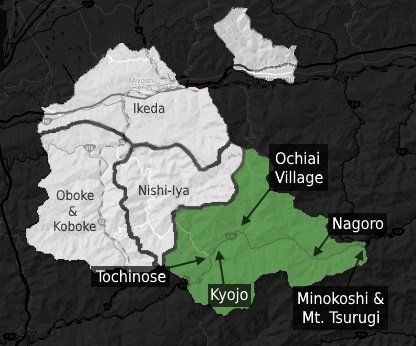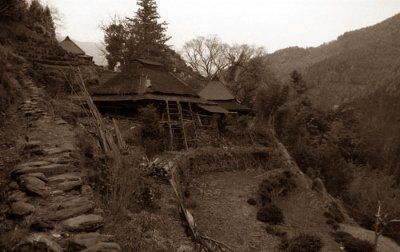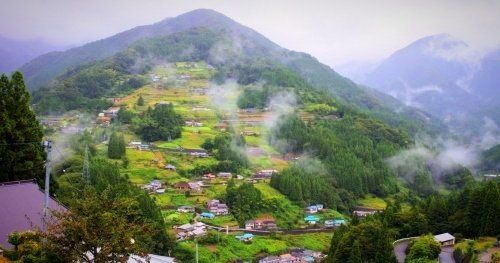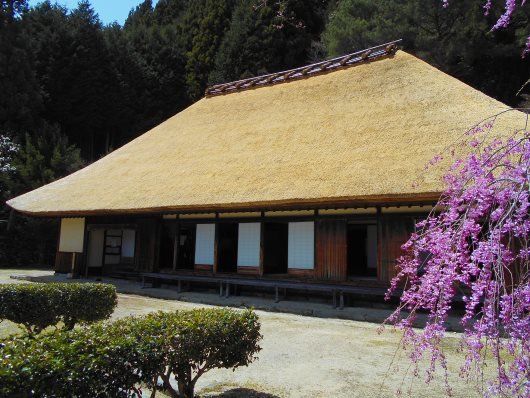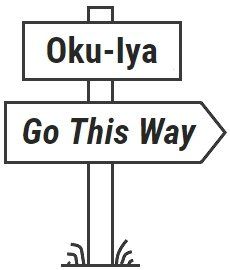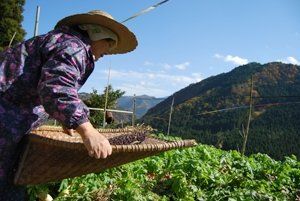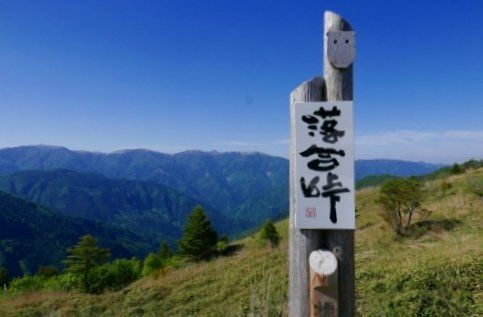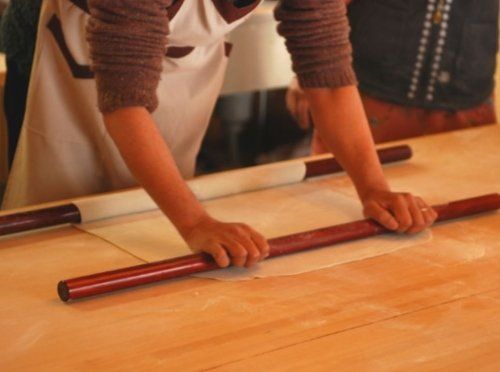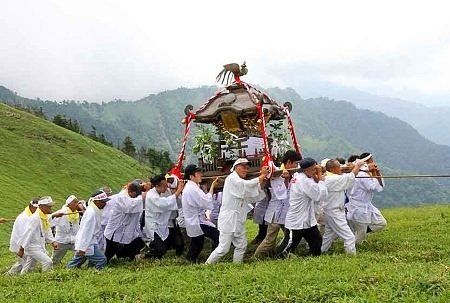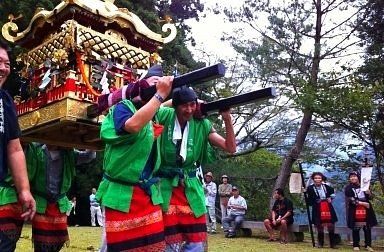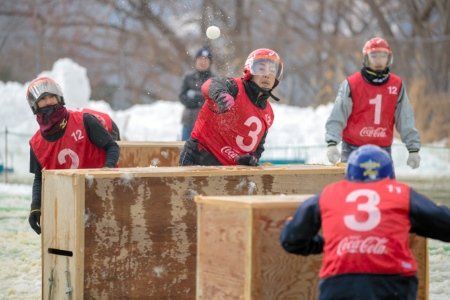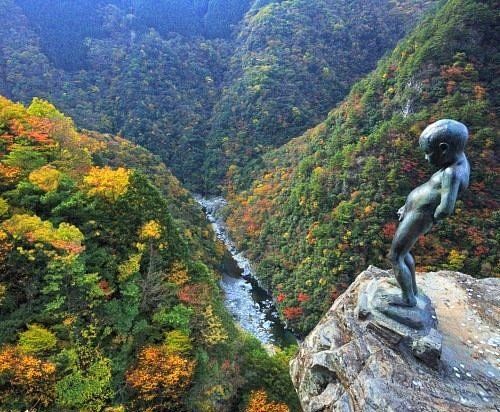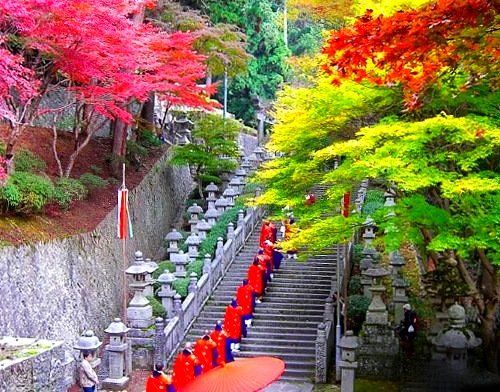The people of Iya are known as being tough and independent, and understandably so. For centuries the valley was cut off from the rest of Japan, mainly due to the steep inclines of the Iyakei Gorge at the valley entrance and the perilous Oboke & Koboke Gorges just outside it.
Unlike the rest of Japan, people here settled on the mountainsides, high above the valley floor (hardly anywhere else in the country do people live like this, opting to live on the flat valley floors instead). Accordingly, farmers grew soba, millet, and later potatoes since the lack of flat areas made rice cultivation nearly impossible. Until fairly recently, tobacco was the main cash crop that could be exported from the valley, but the labor intensive production and curing methods barely allowed the farmers much of a profit.
Though it's believed people have been living in this isolated place since prehistoric times, it is said that in the 12th century, after their defeat in the Genpei War, some of the fleeing Heike Samurai settled in the valley among the existing residents in order to hide from their pursuing victors. Many stories and relics of their arrival still remain.
While people have been crossing through the valley via mountain paths for centuries in order to go between north and south Shikoku Island, the first roads into the area weren't built until the early/mid 20th century. As time progressed, civil engineering projects including roads, dams, bridges, and tunnels not only began providing much needed jobs other than basic susistance farming, but also offered much welcomed access to this remote place. Finally allowing the residents better contact with the country, instead of needing to hike over high mountain passes to reach somewhere, it was only then, still within the living memories of the elderly citizens, that rice became a common part of the meal.

